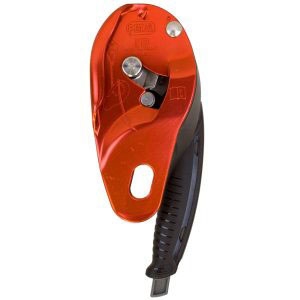Reader Jeff Machen had a question concerning how much training to give attendants on air monitoring equipment; especially when they may only be working a week long shut down? Here’s our reply from CSRT Manager Bryan Rogers.
When you’re dealing with temporary labor, it is difficult to ensure that they are well trained on something as complex as atmospheric monitoring. We checked with several equipment manufacturers, and they don’t set a specific amount of training required, but leave it up to the customer’s internal company policy and/or person(s) issuing the monitor.We also spoke to a few of our instructors who work at different plants and refineries. The majority of these companies require a company employee to perform the initial monitoring and then again after a break in work greater than 30 minutes. In addition, they review with the attendant what to look for and what to do if there are changes in the readings or an alarm sounds. One company provides a four-hour PowerPoint presentation on monitoring and attendant responsibilities.
OSHA does not indicate a time frame for this training either. However, it does require that persons be capable of safely performing the tasks assigned. Therefore, I would say your best bet would be to cover as much of the manufacturer’s instructions as possible along with reviewing the most common problems such as…
- Calibration conversions
- Turning on the monitor (or “field zeroing”) in the presence of contaminates
- Negative LEL or negative toxic readings
- Contaminated sampling hoses
- Clogged filters
Lastly, I would stress to the attendants the importance of contacting a supervisor if they have any questions or concerns - and, if they get any unusual results from the monitor… “Do not hesitate to have everyone exit the space while the results are investigated!”





